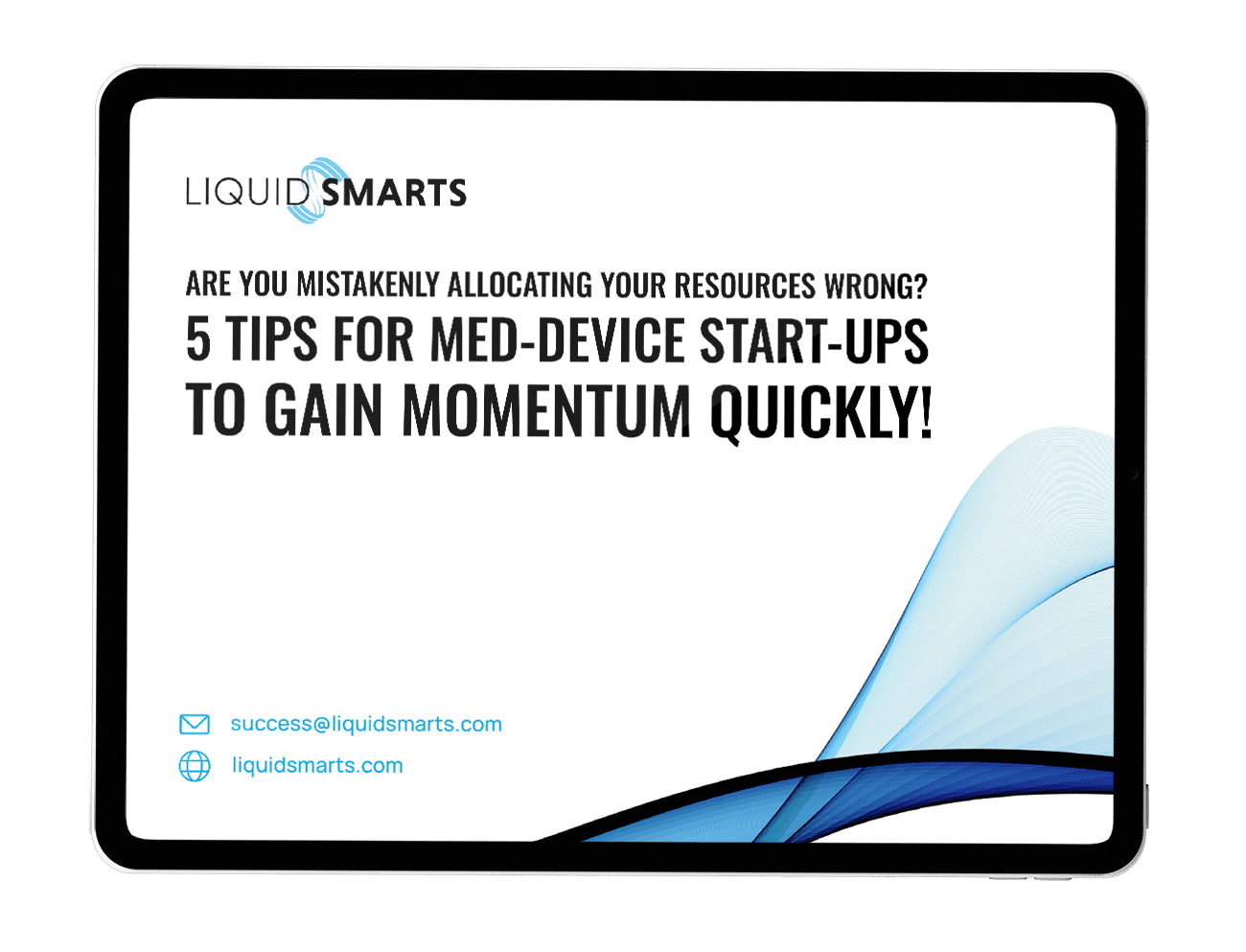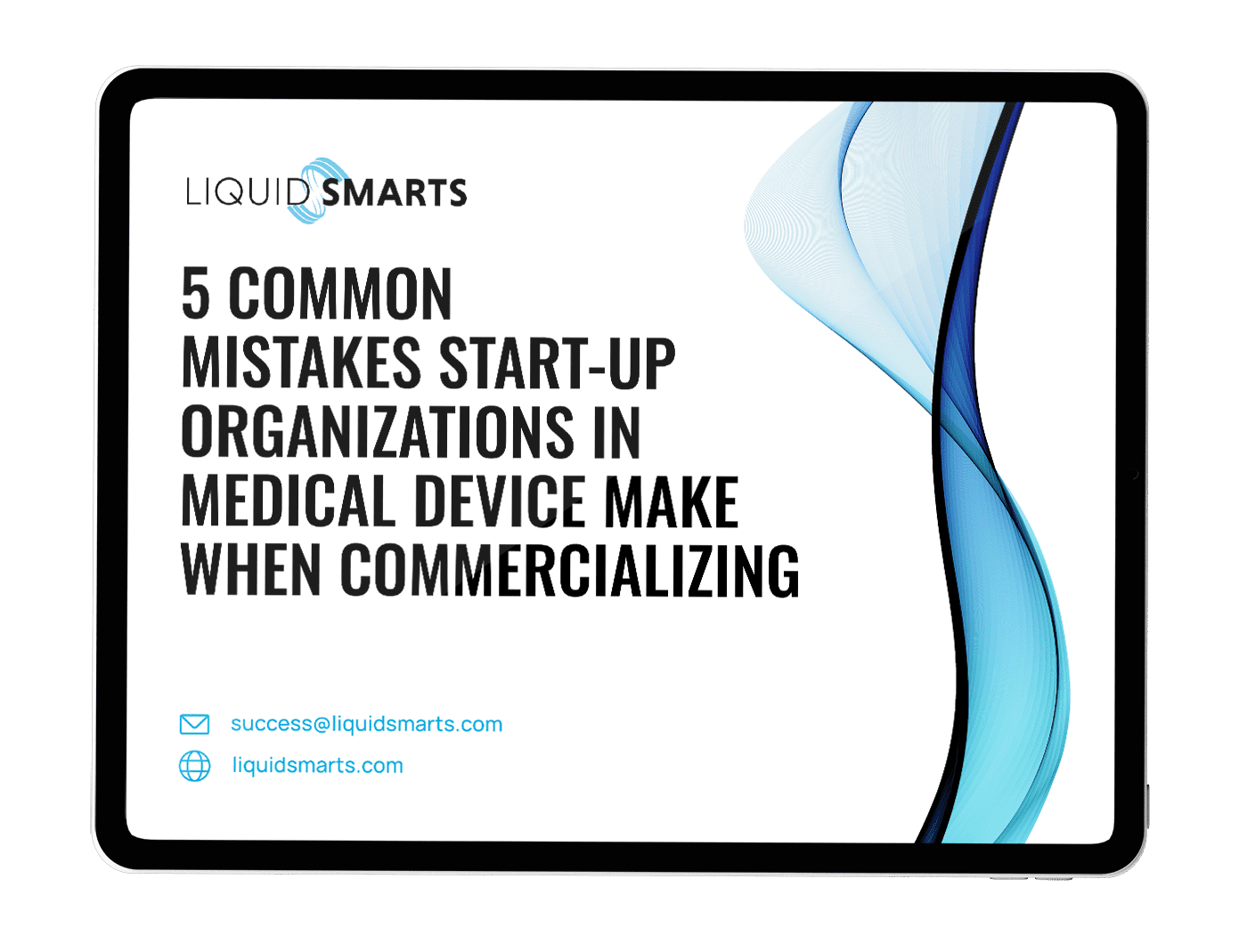Rapid change and innovation occur across the healthcare industry, from new medications and procedures to emerging digital healthcare tools and care delivery models.
As leaders and decision-makers, it is crucial that we thoughtfully evaluate the progress of these innovations to understand what is truly working to improve outcomes for patients and what may still need refinement.
This comprehensive guide will discuss a framework for conducting rigorous yet practical assessments of healthcare innovations – from consumer-focused health technologies to care coordination approaches.
Evaluate Existing Solutions
One of the most significant roadblocks to healthcare innovation is the lack of adoption of existing healthcare solutions. Evaluating healthcare innovation’s progress requires assessing current healthcare solutions’ effectiveness.
Business leaders must understand the needs and preferences of their target market to develop healthcare solutions that meet or surpass their expectations. They also need to evaluate the efficiency of existing healthcare solutions, the acceptance level, and the market adoption rate.
By assessing existing solutions, business leaders can determine gaps and opportunities and develop novel healthcare solutions that meet current and future market needs.
Research and Development
Research and development (R&D) is a critical component of healthcare innovation. It is essential to assess how much investment startups make in R&D.
The resources allocated enable startups to develop, test, and bring healthcare innovations to market. Business leaders must evaluate the startup’s R&D plans and examine the efforts that go into the development of new healthcare solutions. It will help assess the market potential, feasibility, and potential impact and identify gaps in the healthcare industry that need further development.
Market Leadership
Market leadership is another crucial factor while evaluating the progress of healthcare innovation for business leaders.
For instance, a medical device company that dominates a particular therapeutic space, despite the presence of similar products from competitors, has achieved market leadership. It is vital to consider the brand image of healthcare products and services and its dominance in the market.
Business leaders should focus on carving out a leadership position and understanding the surrounding and interrelated healthcare ecosystems.
Regulatory Compliance
With the constant innovations in healthcare, regulators must keep up to ensure these new healthcare solutions’ safety, efficacy, and quality. Business leaders must evaluate the regulatory compliance of their healthcare products and services before launching them in the market.
Regulatory bodies’ approval of innovative healthcare therapies and products is an essential milestone that business leaders and entrepreneurs should monitor closely and evaluate the regulatory environment of their target market.
Industry Partnerships
The healthcare industry is a vast ecosystem that comprises healthcare institutions, governmental and non-governmental organizations, payers, biopharmaceutical, investors, and regulatory stakeholders.
Business leaders must seek partnerships to access a broader market, reduce variability and cost, and increase market visibility. They should evaluate potential industry partnerships that complement and leverage their healthcare solutions’ strengths and contribute to their expansion.
The Future of Innovation in Healthcare Lies in Our Hands
Evaluating the progress of healthcare innovation is a complex and ever-evolving process that requires a comprehensive approach.
By thoroughly examining existing solutions, investing in research and development, establishing market leadership, adapting to regulatory compliance, and forming strategic industry partnerships, we can continue to improve the healthcare system.
However, it is not enough for just the industry leaders to take action; we must all play a part in driving innovation forward. Whether advocating for policy changes or supporting innovative companies, we can create a more efficient and effective healthcare landscape for everyone.
Let us remember that the future of healthcare innovation lies in our hands, and it is up to us to push towards a brighter tomorrow. Keep exploring new ideas, challenging traditional norms, and actively seeking solutions – because only by working together can we truly revolutionize the world of healthcare.







